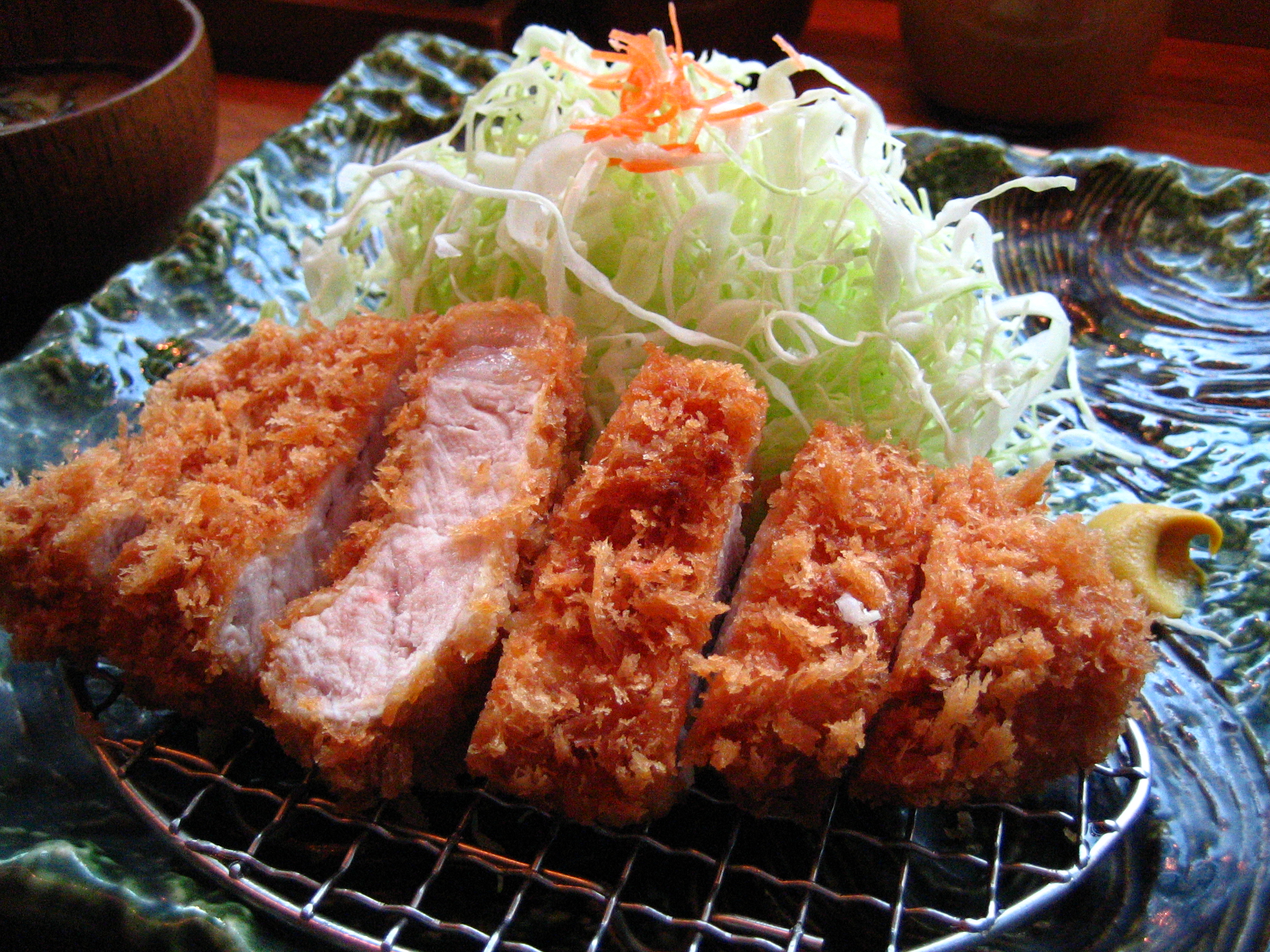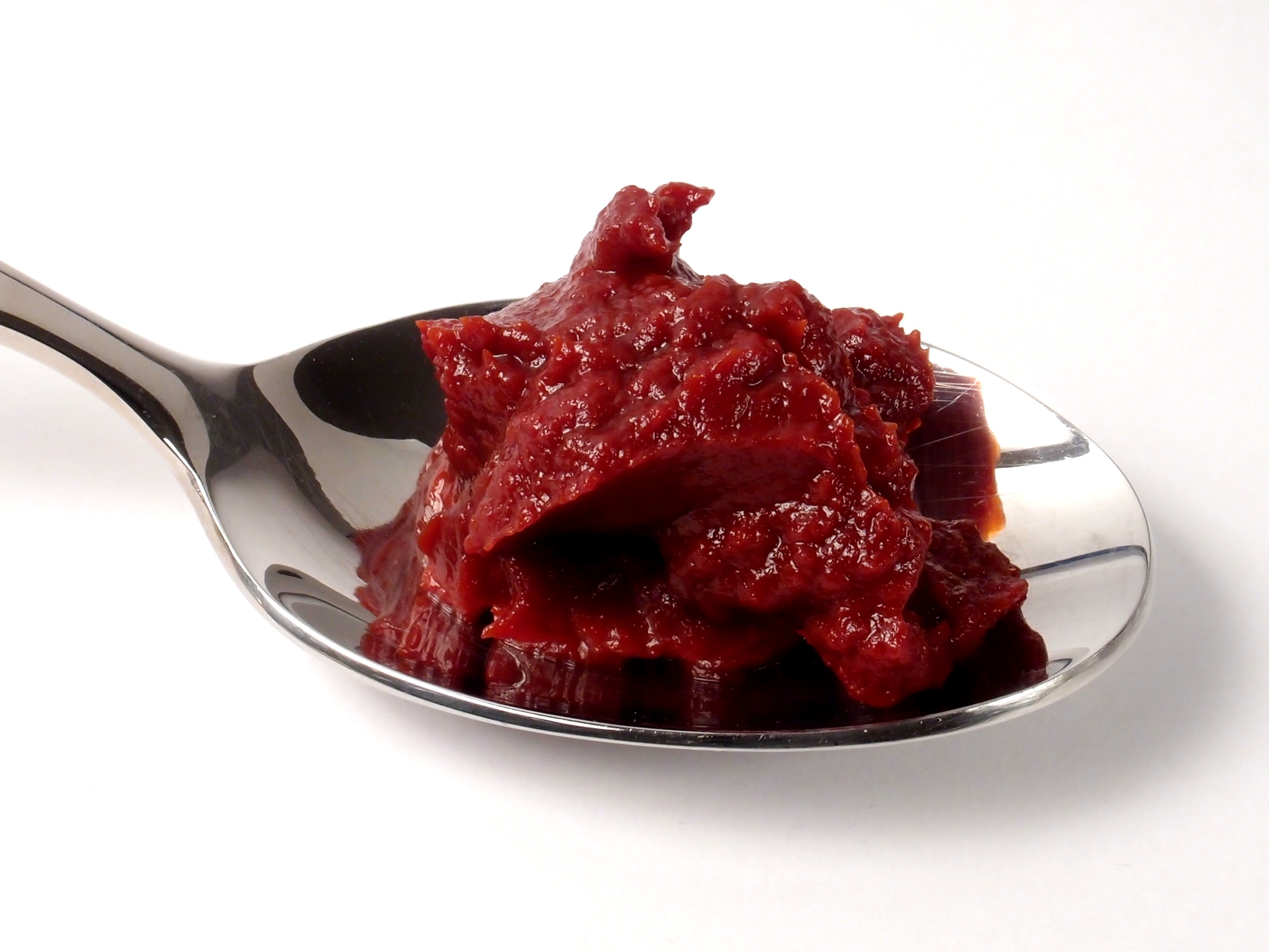|
Cotoletta Alla Bolognese
Cotoletta alla Bolognese is a traditional dish of Bologna. It is also known as "Petroniana", after Petronius, a fifth century bishop and the patron saint of the city of Bologna. It consists of a veal cutlet ( scannello or sottonoce) coated with eggs, flour and breadcrumbs. It is first fried in lard or butter, then covered with a slice of ham and a handful of Parmesan cheese, then briefly sprinkled with meat broth to flavor and moisten it. Finally, it is baked in the oven until the cheese has melted. It is often served with truffles, particularly "trifola", a small and fragrant white truffle from the Apennines near Bologna). Occasionally some tomato paste is added to the baking pan. The recipe was deposited at the Italian Academy of Cuisine at the Chamber of Commerce of Bologna on 14 October 2004. See also * Cotoletta alla milanese Veal Milanese, or veal alla Milanese ( it, cotoletta alla milanese ; lmo, label=Milanese, co(s)toletta a la milanesa ), is an Italian ... [...More Info...] [...Related Items...] OR: [Wikipedia] [Google] [Baidu] |
Cotoletta Alla Milanese
Veal Milanese, or veal alla Milanese ( it, cotoletta alla milanese ; lmo, label=Milanese, co(s)toletta a la milanesa ), is an Italian dish in Milanese Lombard cuisine, and a popular variety of cotoletta. It is traditionally prepared with a veal rib chop or sirloin bone-in and made into a breaded cutlet, fried in butter. Due to its shape, it is often called ''oreggia d'elefant'' in Milanese or ''orecchia d'elefante'' in Italian, meaning elephant's ear. A common variation made with chicken is popular in the United States and other English-speaking countries and bears the name "chicken Milanese" (Italian ). Other various breaded meat dishes prepared in South America were inspired by the ''cotoletta alla milanese'' and are known as ''milanesa''. Another variation of ''milanesa'' in the same region is called ''a la napolitana'' and is made similar to the ''cotoletta alla milanese'' with a preparation of cheese and tomato. History In Milan, the dish dates to at least 1134, where it ... [...More Info...] [...Related Items...] OR: [Wikipedia] [Google] [Baidu] |
Parmigiano-Reggiano
Parmesan ( it, Parmigiano Reggiano; ) is an Italian hard, granular cheese produced from cows’ milk and aged at least 12 months. It is named after two of the areas which produce it, the provinces of Parma and Reggio Emilia (''Parmigiano'' is the Italian adjective for Parma and ''Reggiano'' that for Reggio Emilia). In addition to Reggio Emilia and Parma, it is also produced in the part of Bologna west of the River Reno and in Modena (all of the above being located in the Emilia-Romagna region), as well as in the part of Mantua (Lombardy) which is on the south bank of the River Po. Both "Parmigiano Reggiano" and "Parmesan" are protected designations of origin (PDO) for cheeses produced in these provinces under Italian and European law. Outside the EU, the name "Parmesan" can legally be used for similar cheeses, with only the full Italian name unambiguously referring to PDO ''Parmigiano Reggiano''. It has been called the " King of Cheeses". Parmigiano Reggiano Production ... [...More Info...] [...Related Items...] OR: [Wikipedia] [Google] [Baidu] |
Breaded Cutlets
Breaded cutlet is a dish made from coating a cutlet of meat with breadcrumbs, breading or batter (cooking), batter and either frying or baking it. Breaded cutlet is known as schnitzel in German language, German-speaking countries, cotoletta alla milanese in Italy, escalope in France, ''filete empanado'' in Spain, ''filete empanizado'' in Cuba, milanesa in Latin America, tonkatsu, katsu in Japan and Korea, kotlet schabowy, kotlet in Poland, ''řízek'' in Czech Republic and ''kotleta'' in Post-Soviet states, post-Soviet countries. Chicken fingers Chicken fingers or chicken tenders are an American dish prepared by breading and deep frying the pectoralis minor muscle of the chicken, which is the smaller cut of the chicken breast located along its underside, attached to the ribs. Chicken-fried steak Chicken-fried steak (also known as country-fried steak) is an American breaded cutlet dish that may have originated with German and Austrian immigrants to Texas in the 19th century. ... [...More Info...] [...Related Items...] OR: [Wikipedia] [Google] [Baidu] |
Cheese Dishes
This is a list of notable cheese dishes in which cheese is used as a primary ingredient or as a significant component of a dish or a food. Cheese is a food derived from milk that is produced in a wide range of flavors, textures, and forms by coagulation of the milk protein casein. It comprises proteins and fat from milk, usually the milk of cows, buffalo, goats, or sheep. Cheese dishes and foods * * * * * * * * * * * * * * * * * * * * * * * * * * * * * * * * * * * * * * * * * * * * * * * * * * * * * * * * * * * * * * * * * * * * * Mazë * * * * * * * * * * * * * * * * * * * * * * * * * * * * * * * * * * * * * * * * * * * * * * Indian * * * * * * * * * * See also * Cheese dishes (Category page) * List of cheese soups * List of cheeses *Cheeseburger References External links * * {{Cheese Cheese dishes This is a list of notable ch ... [...More Info...] [...Related Items...] OR: [Wikipedia] [Google] [Baidu] |
Veal Milanese
Veal Milanese, or veal alla Milanese ( it, cotoletta alla milanese ; lmo, label=Milanese, co(s)toletta a la milanesa ), is an Italian dish in Milanese Lombard cuisine, and a popular variety of cotoletta. It is traditionally prepared with a veal rib chop or sirloin bone-in and made into a breaded cutlet, fried in butter. Due to its shape, it is often called ''oreggia d'elefant'' in Milanese or ''orecchia d'elefante'' in Italian, meaning elephant's ear. A common variation made with chicken is popular in the United States and other English-speaking countries and bears the name "chicken Milanese" (Italian ). Other various breaded meat dishes prepared in South America were inspired by the ''cotoletta alla milanese'' and are known as ''milanesa''. Another variation of ''milanesa'' in the same region is called ''a la napolitana'' and is made similar to the ''cotoletta alla milanese'' with a preparation of cheese and tomato. History In Milan, the dish dates to at least 1134, where it ... [...More Info...] [...Related Items...] OR: [Wikipedia] [Google] [Baidu] |
Chamber Of Commerce
A chamber of commerce, or board of trade, is a form of business network. For example, a local organization of businesses whose goal is to further the interests of businesses. Business owners in towns and cities form these local societies to advocate on behalf of the business community. Local businesses are members, and they elect a board of directors or executive council to set policy for the chamber. The board or council then hires a President, CEO, or Executive Director, plus staffing appropriate to size, to run the organization. A chamber of commerce may be a voluntary or a mandatory association of business firms belonging to different trades and industries. They serve as spokespeople and representatives of a business community. They differ from country to country. History The first chamber of commerce was founded in 1599 in Marseille, France, as the "Chambre de Commerce". Another official chamber of commerce followed 65 years later, probably in Bruges, then part of the S ... [...More Info...] [...Related Items...] OR: [Wikipedia] [Google] [Baidu] |
Tomato Paste
Tomato paste is a thick paste made by cooking tomatoes for several hours to reduce the water content, straining out the seeds and skins, and cooking the liquid again to reduce the base to a thick, rich concentrate. It is used to impart an intense tomato flavour to a variety of dishes, such as pasta, soups and braised meat. It is used heavily in Italian cultured food. By contrast, tomato purée is a liquid with a thinner consistency than tomato paste, while tomato sauce is even thinner in consistency. History and traditions Tomato paste is traditionally made in parts of Sicily, southern Italy and Malta by spreading out a much- reduced tomato sauce on wooden boards that are set outdoors under the hot August sun to dry the paste until it is thick enough, when it is scraped up and held together in a richly colored, dark ball. Today, this artisan product is harder to find than the industrial version (which is much thinner). Commercial production uses tomatoes with thick pericarp wa ... [...More Info...] [...Related Items...] OR: [Wikipedia] [Google] [Baidu] |
Apennine Mountains
The Apennines or Apennine Mountains (; grc-gre, links=no, Ἀπέννινα ὄρη or Ἀπέννινον ὄρος; la, Appenninus or – a singular with plural meaning;''Apenninus'' (Greek or ) has the form of an adjective, which would be segmented ''Apenn-inus'', often used with nouns such as ("mountain") or Greek (), but ''Apenninus'' is just as often used alone as a noun. The ancient Greeks and Romans typically but not always used "mountain" in the singular to mean one or a range; thus, "the Apennine mountain" refers to the entire chain and is translated "the Apennine mountains". The ending can vary also by gender depending on the noun modified. The Italian singular refers to one of the constituent chains rather than to a single mountain, and the Italian plural refers to multiple chains rather than to multiple mountains. it, Appennini ) are a mountain range consisting of parallel smaller chains extending along the length of peninsular Italy. In the northwest the ... [...More Info...] [...Related Items...] OR: [Wikipedia] [Google] [Baidu] |
Truffle
A truffle is the fruiting body of a subterranean ascomycete fungus, predominantly one of the many species of the genus ''Tuber''. In addition to ''Tuber'', many other genera of fungi are classified as truffles including ''Geopora'', ''Peziza'', ''Choiromyces'', ''Leucangium'', and over a hundred others. These genera belong to the class Pezizomycetes and the Pezizales order. Several truffle-like basidiomycetes are excluded from Pezizales, including ''Rhizopogon'' and ''Glomus''. Truffles are ectomycorrhizal fungi, so they are usually found in close association with tree roots. Spore dispersal is accomplished through fungivores, animals that eat fungi. These fungi have significant ecological roles in nutrient cycling and drought tolerance. Some truffle species are highly prized as food. French gastronome Jean Anthelme Brillat-Savarin called truffles "the diamond of the kitchen". Edible truffles are used in Italian, French and numerous other national . Truffles are cultivat ... [...More Info...] [...Related Items...] OR: [Wikipedia] [Google] [Baidu] |
Broth
Broth, also known as bouillon (), is a savory liquid made of water in which meat, fish or vegetables have been simmered for a short period of time. It can be eaten alone, but it is most commonly used to prepare other dishes, such as soups, gravies, and sauces. Commercially prepared liquid broths are available, typically chicken, beef, fish, and vegetable varieties. Dehydrated broth in the form of bouillon cubes were commercialized beginning in the early 20th century. Broths have been used as a nutrition source for the sick in Great Britain since at least the early 1700s, such as for dysentery patients. Stock versus broth Many cooks and food writers use the terms ''broth'' and ''stock'' interchangeably. In 1974, James Beard wrote that stock, broth, and bouillon "are all the same thing". While many draw a distinction between stock and broth, the details of the distinction often differ. One possibility is that stocks are made primarily from animal bones, as opposed to mea ... [...More Info...] [...Related Items...] OR: [Wikipedia] [Google] [Baidu] |







